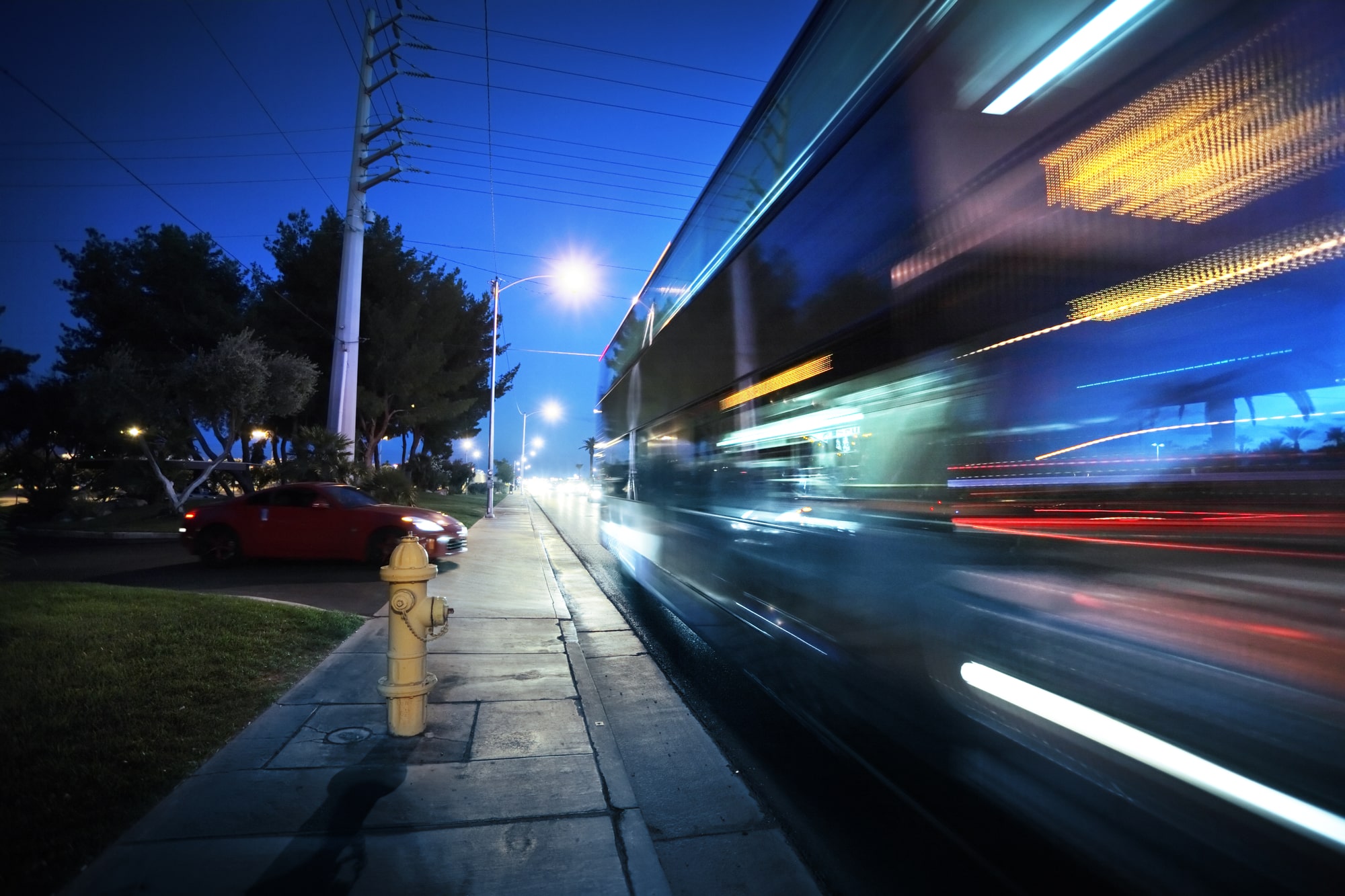In the United States, buses are a vital form of transportation for millions of people, providing a reliable and cost-effective way to get around in urban, suburban, and rural areas. However, the current bus transportation system in the U.S. is facing a number of challenges that may impact its future effectiveness and efficiency. It is important to consider these challenges and potential solutions in order to ensure that bus transportation remains a viable and important part of the transportation landscape in the U.S.
Challenges facing the current bus transportation system
One of the main challenges facing the current bus transportation system in the U.S. is congestion and infrastructure issues. Many bus routes are slowed down or disrupted by traffic, making it difficult for buses to operate efficiently and on schedule. This can lead to frustration for passengers and can discourage people from using the bus as their primary form of transportation.
Another challenge is funding and budget constraints. Many public transit agencies, which operate bus systems, are facing budget cuts and limited resources, which can make it difficult to invest in new technologies and infrastructure improvements.
In addition, buses face competition from other forms of transportation, such as ride-hailing services and light rail systems, which can make it difficult for buses to attract and retain riders.
In addition to congestion and infrastructure issues, there are several other challenges facing the current bus transportation system in the U.S.
One of these challenges is the lack of accessibility for people with disabilities. Many buses are not equipped with features such as wheelchair ramps or audio announcements, making it difficult for people with disabilities to use the bus as a form of transportation.
Another challenge is the lack of connectivity with other modes of transportation. In many cases, bus routes do not align with train or subway systems, making it difficult for passengers to easily transfer between modes of transportation. This can be a major inconvenience for passengers and can discourage people from using the bus.
There is also the issue of safety and security on buses, which can be a concern for passengers. Incidents of crime or accidents on buses can discourage people from using the bus as a form of transportation.
Finally, there is the issue of funding and sustainability for the bus transportation system. As previously mentioned, many public transit agencies are facing budget constraints, which can make it difficult to maintain and improve the bus system. There is also the issue of rising fuel costs, which can impact the operating costs of the bus system.
Overall, there are many challenges facing the current bus transportation system in the U.S., and addressing these challenges will be essential in order to improve the future of bus transportation in the country.
Potential solutions for improving the future of bus transportation
There are a number of potential solutions that could help to improve the future of bus transportation in the U.S. One solution is the increased use of electric buses and other emerging technologies, such as smart transit systems, which can improve efficiency and reduce emissions.
Another solution is the creation of dedicated lanes and priority for buses on roads, which can help to reduce congestion and improve reliability. This could be done through the use of bus rapid transit (BRT) systems, which use dedicated lanes and other infrastructure improvements to speed up bus travel.
In addition, creative financing options, such as public-private partnerships and congestion pricing, could be used to fund improvements to the bus transportation system.
Case studies of successful bus transportation initiatives in the U.S.
There are several examples of cities and regions in the U.S. that have implemented successful initiatives to improve bus transportation. For instance, the city of Portland, Oregon has implemented a BRT system called the MAX, which has helped to improve travel times and increase ridership on the city’s bus system.
Another example is the Miami-Dade County bus system in Florida, which has invested in a fleet of electric buses and has implemented a smart transit system that uses real-time data to improve efficiency.
Conclusion
In conclusion, the future of bus transportation in the U.S. is facing a number of challenges, including congestion, funding constraints, and competition from other forms of transportation. However, by investing in new technologies, such as electric buses and smart transit systems, and implementing creative financing options, it is possible to improve the efficiency and sustainability of the bus transportation system and ensure that it remains a vital part of the transportation landscape in the U.S.
